A lot of interesting stuff here for us that grow peaches in cold climates. I'm to the point where I'm moving everything into pots if/when the in ground peaches finally get killed off although after reading this, I may have to rethink that and possibly look into using some techniques below. I can't help but think the Dr. in MA at the end reminds me of Fruitnut :)
"Shelter, said J. F. C. Hyde, before the Massachusetts Board of Agriculture, in 1868, is of the greatest importance with this fruit. It is said that very cold weather will kill the fruit buds, and so it will when they are exposed to the cold winds; but in sheltered places they will withstand a great degree of cold without injury. One-year-old trees are the best to plant; and they should be cut back one half or more, and so every year the new wood should be shortened in. The tree so treated becomes more compact and symmetrical, and is less liable to be broken down by the winds, ice, and snows of Winter. They should, when planted in an orchard, be set from ten to twelve feet apart each way. Both peaches and cherries are injured, and often destroyed outright, by excessive manuring.
At the same meeting of the Board, I. K. Brown related that a farmer in Acton, Massachusetts, has a peach orchard of two hundred trees on an acre of ground, planted between apple trees, on land that is high, stony, and gravelly. One year he received $350 net for his peaches; another year they netted him $400. Mr. Brown mentioned a peach orchard of eight hundred trees he had visited in New Hampshire, set about twenty feet apart, that bore well. They were thoroughly mulched. They were about eight feet high, and so level that you could look across the tops of the trees. They were almost as level as a floor, he takes ■such pains to head them in. The branches were eighteen inches long, but the peaches were up next to the stem of the tree. The owner cuts out the middle shoot, and lets the two side shoots go ahead. He keeps the whole tree headed in, and the top twigs come down within eight inches of the ground.
A correspondent of the Iowa Homestead, states: "I raised this season one bushel of
[merged small][ocr errors]
choice peaches on one tree four years old. By the same method I have seen one tree in Iowa bearing every year for the last ten years. Any one can do the same by strictly following these directions, viz.: When quite voting, set the tree in the ground with all the roots running north and south, and thin the tree to a fan shape, with edge in the same direction as the roots. When the tree is past three years old, after the leaves are off in the Fall, lean it toward the west until the branches nearly touch the ground. This can be done easily, as the roots which run north and south will be only slightly twisted. This should be the permanent position of the tree, and it should never be righted up. The suckers, or water-sprouts, should be kept stripped off during the Summer, or the vitality of the tree will run to sprouts.
"The end of all the branches should be clipped about the first of August to force the sap into the fruit buds. Every Fall, before cold weather sets in, cover the tree with brush, to keep it close to the ground, and with straw over the brush, to protect fruit buds from the cold�and uncover in the Spring about the 10th of May.
"Thus, by a little care and labor, every year, an abundance of that delicious fruit can be raised at home, affording a great pleasure, and saving expense of exportation from a distance." At the meeting of the Illinois Horticultural Society, in 1864, G. W. MiNrER, of that State, aaid, that he once accidentally put corn stalks in the Fall around a peach tree, which were not removed till in April, the fruit buds were thns protected, and the tree bore peaches; and Sttei, Foster, of Muscatine, Iowa, observed, that a neighbor of his has been in the habit, for a few years, of bending down some lateral branches of his peach trees, and laying brush npon them, and has succeeded in raising peaches from these branches when no others were grown in that vicinity.
Mr. Clement related, at a meeting of the Massachusetts Board of Agriculture in' 1867, that a farmer in Middlesex county, in that State, had a tree, one of the branches of which lay almost horizontal, very near the ground. and in the Autumn he threw a load of corn ■"hacks all over it, and hence the fruit buds were not killed. When Spring came, he uncovered it, and that one branch bore a fine crop of peaches. Before the same Board, in 1868, I. K. Brown said: "Most of us get peaches, almost every year, from branches that lie on the
ground and are covered with snow. Therefore the tree needs protection."
There is no doubt that peach trees in the open ground may be so dwarfed as to be laid down and covered in the Winter. The best way is. probably, to form fine straight branches taken as near the ground as possible, and keep them closely pruned and tied down to stakes, so that the outer ends will rise but two or three feet above the ground, according to the length. Mr. Camp, of Pennsylvania, has thirty trees laid down every Winter.
At a recent meeting of the Northern Illinois Horticultural Society, Mr. Bingham, of Freeport, stated that he lays down his peach trees for the Winter, by digging under one side a pit large enough to contain the whole tree; into this he lays the tree, compacted by hay ropes, and covers all over with earth and mulch, taking up in Spring when the blossoms begin to open. His success for three years has been complete.
The late Edwin B. Quiner, author of the History of Witcomin in the War of the Rebellion, who had devoted many years to fruit culture and experiments in Wisconsin, gave his plan for peach raising in the Northwest: Head in the new growth of the tree toward the close of Summer so as to harden the balance of the limbs, and better perfect the fruit buds; cut a trench two feet deep some three feet from the tree, and encircling it for water, ice, and snow to gather in during the Winter; and as Spring approaches, fill the trench, if not already full, with snow and ice, and bank around the trunk with the same, covering the whole with a thick mulch, so as to keep the blossoms back till after the late frosts.
A fruit grower in Marquette county, in northern Wisconsin, has succeeded in raising peaches by having a rude sort of a sentry-box placed around each tree, top and body, and filled in closely with straw or litter, and removing the whole after the Spring frosts.
George P. Peffer, an experienced fruit grower of Waukesha county, Wisconsin, stated at the February meeting, 1869, of the Wisconsin Horticultural Society, that he had grown peaches for several years on the north side of a hill, without any protection but the snow banks, but somewhat shaded from the sun in Winter; but he had always noticed whenever the thermometer fell below sixteen degrees below zero, that the peach buds were always killed, though the trees were uninjured, and whenever a Winter passed in which the thermometer did not reach that point, then his trees would bear.
L. Bartlett, of Warner, New Hampshire, states that he obtains regular crops of peaches by keeping the branches bent down near the earth, where they are confined by hooked wooden pins. The covering of snow�for they have it in plenty there�protects the fruit buds from the cold. He has found that trees so treated, ripen fruit ten days earlier than when entirely exposed. Covering such prostrate branches with corn-fodder, or with a dense mass of evergreen boughs, in the absence of snow, has answered equally well. It is more difficult to protect those limbs some feet above ground, as they are exposed on all sides to the wind, and do not receive the warmth of the earth.
It is thought in the South that the peach tree is killed on the southwest side by the vicissitudes of heat and cold in the early part of the season. The Springs advance very slowly in those temperate latitudes, making a barely perceptible advance in the course of a week. The warm days of February start the sap on the southwest side by or before the middle of the month, if not protected from the sun, after which, even to the first of March, as far south as Montgomery, Alabama, they are liable to sharp frosts, sometimes sufficient to freeze the sap, which, in its expansion, bursts the bark on that side of the tree, and the scorching sun and dry winds of Summer complete the work of destruction. They suffer from unseasonable heat, followed by unseasonable cold in Spring, and excessive heat and dry winds in Summer.
So great a luxury is the peach, that there are some persons who are willing to take unusual pains to raise them. "Cultivating peaches in pots, and taking them into a cellar or hothouse in Winter," said Asa Clement before the Massachusetts Board of Agriculture, in 1867, "is safe, but is of course somewhat expensive. Still, it is worth trying. If by planting a dozen trees in tubs or pots�any cheap article�so that they can be taken in during the Winter, and placed where they shall not be injured by our severe seasons, we can secure a crop, I think it would be better to have them. My experience is, that a little freezing will not hurt them, but I am not sure of that. I know peaches are raised in that way. I have seen them on the tables of the Massachusetts Horticultural Society, and it was a very beautiful sight�exceedingly ornamental. A little tree,
the size of a whip-stock, three feet high, trained symmetrically and handsomly, with four or five dozens of early Crawfords upon it, looks beautifully. I do not know why people who raise things for ornament should not go in for peaches as well as every thing else. They certainly would be ornamental, and I have no doubt profitable for the Boston market, where I learn some of the fairest peaches sell for a dollar a piece." "Three dollars," responded Mr. Hyde; and I. K. Brown added, "I have raised them in pots, and am doing it still. Very fine peaches can be raised in that way, but they require greater care than a common farmer, who is engrossed by his every-day duties about his farm, can bestow upon them."
Dr. Nathan Durfee, of Fall River, Massachusetts, related his experience in growing peaches under glass, at the meeting of the Agricultural Society of that State, in 1868: "It is something like fifteen years since I commenced. I h?.d a house seventy-two feet long. I put a trellis against the wall of that house, and planted six trees, spreading them out fanlike upon the wall. I then had a trellis built in front, upon which I put six more. These trees, with the exception of one or two which have decayed, have borne every year from the first year they were set out, and I have had an abundance of fruit from those trees, of the finest quality. It has been said that you can not get the peach in perfection under glass; that the fruit is watery, and insipid to the taste, but I think I can say that as fine poaches as ever grew have been 'grown under that glass for now something like fifteen years, and in great abundance; for I have had, every year, to thin them out more or less to prevent injury to the trees. Oftentimes I have taken off fiv� out of six of every lot that exhibited itself on the trees, and then had an abundance of fruit.
That is the only way in which I have been able to cultivate the peach at all. I tried its cultivation on a trellis against a wall out of doors, and I found a Northwest exposure was far better for the crop than any other exposure. I think a hot, scorching sun injures our peach trees more than anything else, especially after a rain. I have noticed that when we had a shower of rain, followed by a hot sun, it almost invariably killed the buds, and I had no crop. I think, if any one desires to cultivate the peach, the best way is to try it under glass. I think it may be made profitable. I do not make it profitable, because I prefer to have the pleasure of giving them away, rather than to fell them. But I do not think the yellow peach, under glass, can be brought to that perfection that a white peach can."
Google Books

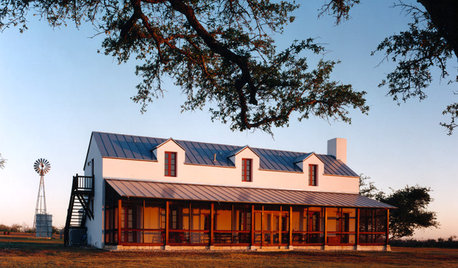
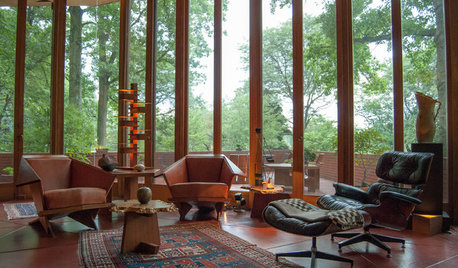

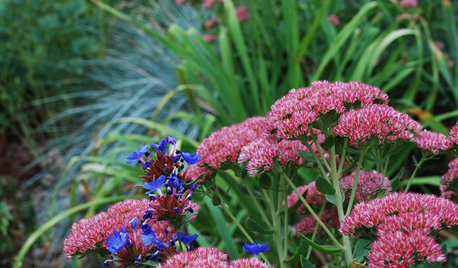
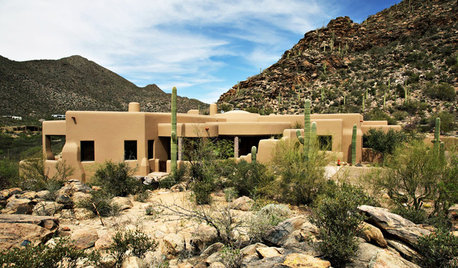


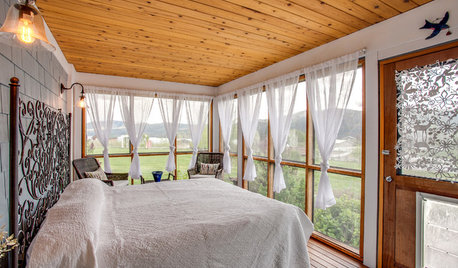
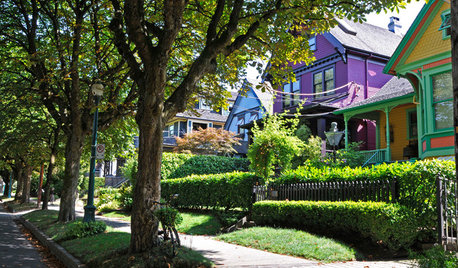





denninmi
franktank232Original Author
Related Discussions
bagging peaches for squirrel protection
Q
Container grown fruit trees - planing for winter protection
Q
Zone 4 peaches nectarines ? Do they actually exsist
Q
Need advice for storing potted trees during winter
Q
fruitnut Z7 4500ft SW TX
franktank232Original Author
alan haigh
Scott F Smith
olympia_gardener
mrsg47
gonebananas_gw
ltilton